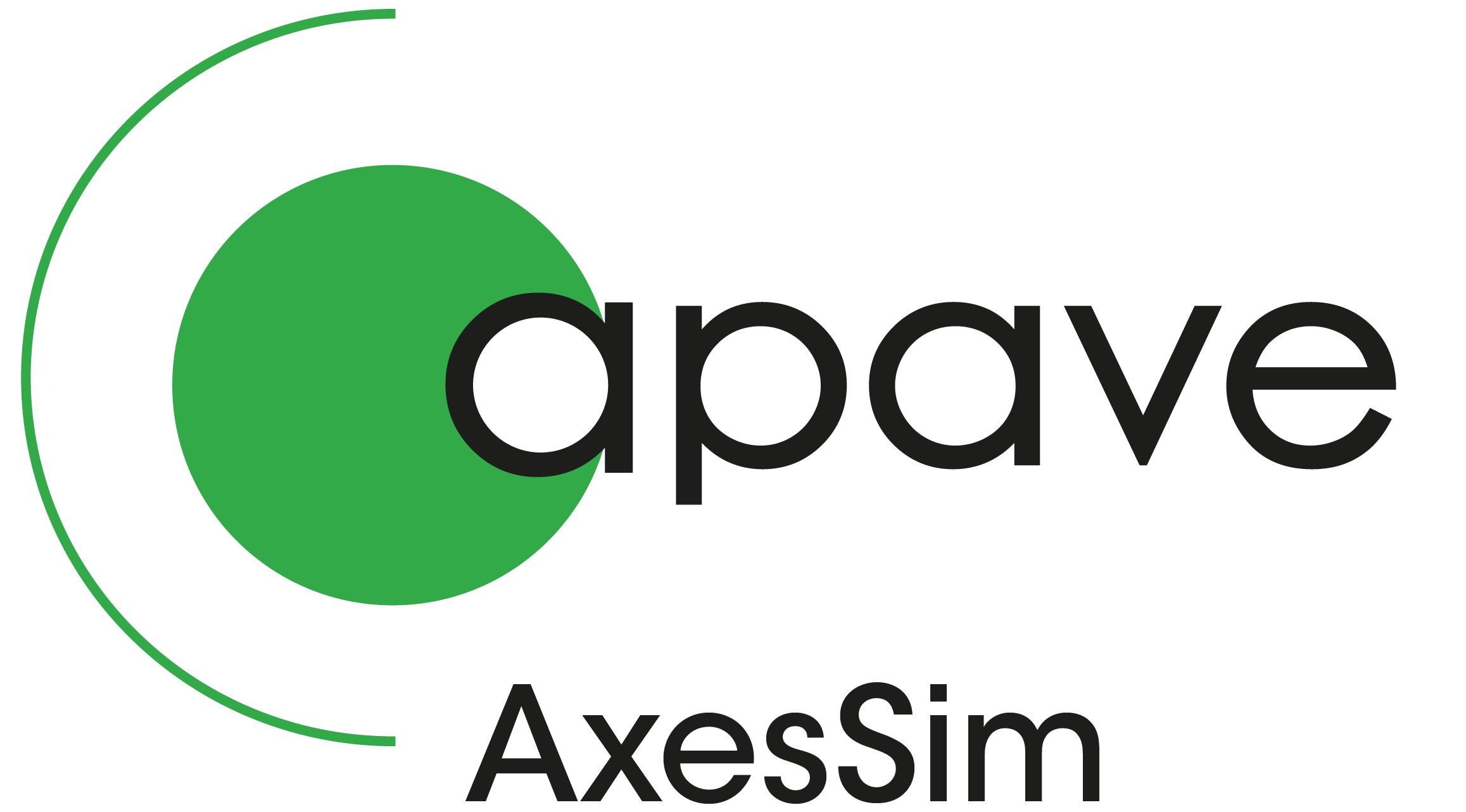The purpose of the Amelet-HDF Specification is to provide a standard for recording and recovering computer data of electromagnetic simulations.
Some well established data formats already exist, we can quote :
- CGNS (CFD General Notation System, http://cgns.sourceforge.net/) is recommended for computational fluid dynamics problems (CFD). That’s why a lot of electromagnetic concepts are missing
- SILO (a mesh and field I/O library and scientific database https://wci.llnl.gov/codes/silo/)
- MED (in french “Modélisation et échanges de Données” http://www.code-aster.org/outils/med/), it is the SALOME’s data format (http://www.salome-platform.org/home/presentation/overview/). Like CGNS, SALOME provides tools for CFD simulation and aren’t adapted to the electromagnetism domain
- netCDF (http://www.unidata.ucar.edu/software/netcdf/)
Besides, Amelet-HDF Specification is closely related to the CuToo Platform.
CuToo is a software platform which aims at providing a universal and collaborative simulation environment. To achieve this objective, CuToo:
- Offers tools to integrate scientific software products in a homogeneous environment which:
- provides a common description format (Amelet-HDF)
- handles pre and post processing tasks
- Manages software execution
- Manages computation workflow
- Provides knowledge management capabilities
- Manages authentications and permissions
- Handle remote visualizations
CGNS, SILO and MED specifications give a standard way of describing physical models, mesh definition and many physical concepts. Software tool that can express their native data in CGNS vocabulary are good “customers” for the specification, for data that can not be correctly expressed CGNS offers a “user variable” notion. But for other software handling complex structures stranger to the specification, there is no way to use the existing format, even by part.
CuToo expresses data in the form of objects named “InfoType”, it is possible to add new InfoType to the platform and this InfoType have to be converted into an equivalent concepts into Amelet-HDF. So, Amelet-HDF must be sufficiently flexible to express unknown data coming from the new InfoTypes. This can not be done with CGNS or MED.
Basically, Amelet HDF specification can express all sort of electromagnetic data, the most important are :
- Mesh (unstructured or structured)
- Numerical array data
- Material models
- Network and transmission line
- Electromagnetic sources
This document covers all the aspects of the Amelet HDF specification.
Note: Amelet HDF is largely inspired from the Amelet project (http://www.predit.prd.fr/predit3/syntheseProjet.fo?inCde=22740)
Download
Last Amelet-HDF can be consulted here in HTML or downloaded in PDF

